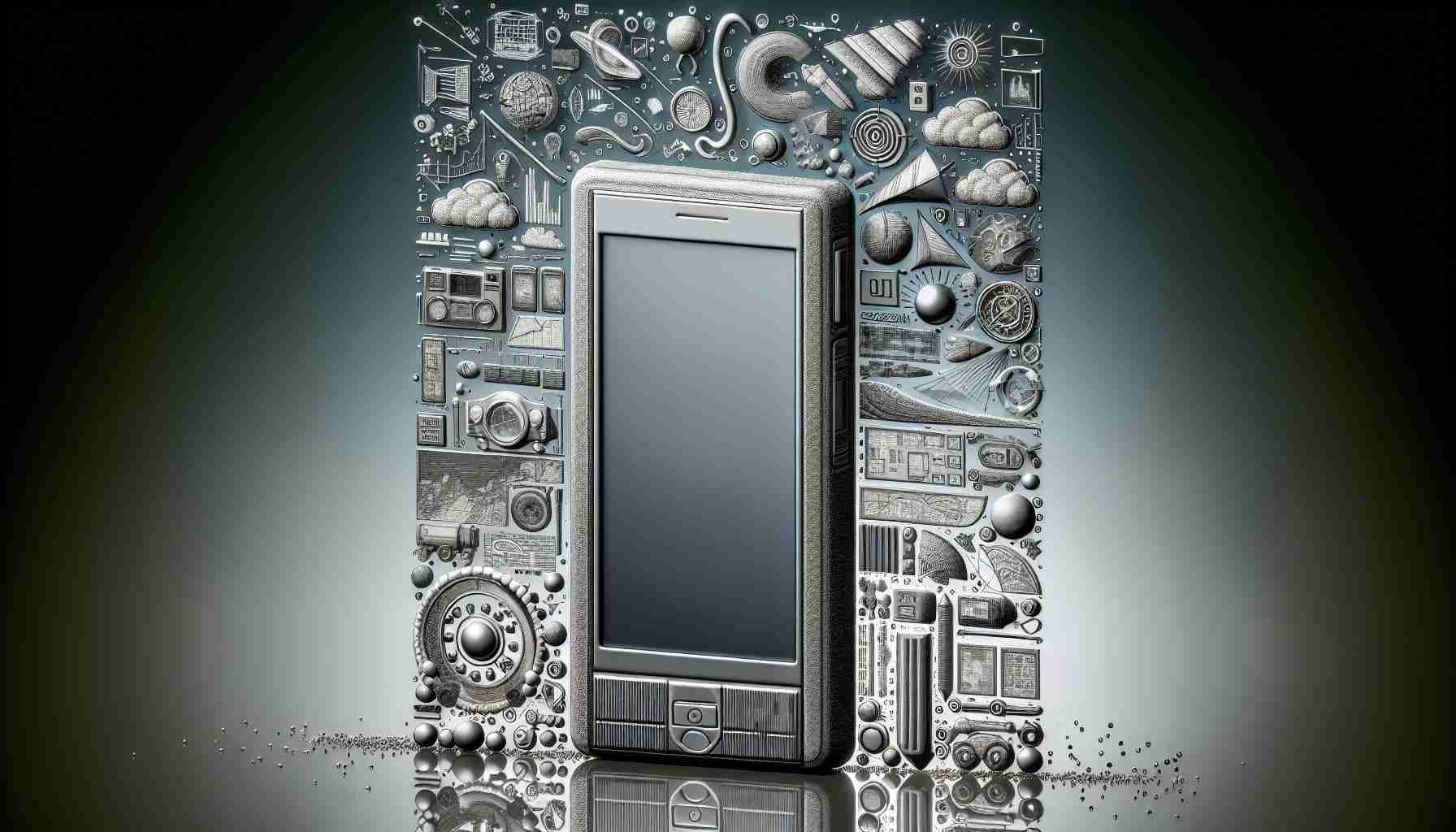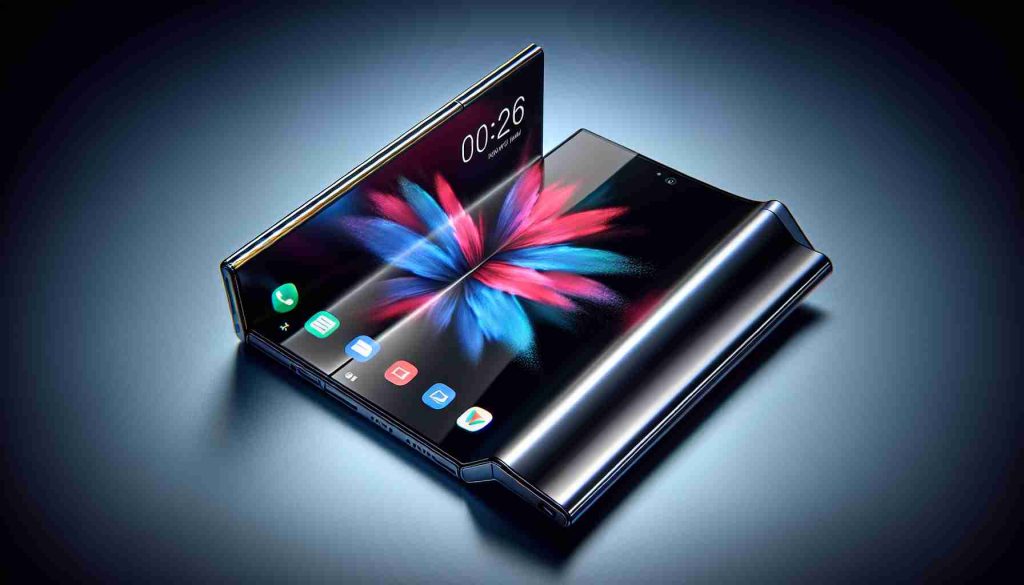In 2007, Apple introduced the first iPhone, reshaping the mobile phone landscape and setting a precedent for future devices. This groundbreaking gadget was a significant leap forward in technology, blending functionality with an intuitive user experience. Unlike prior smartphones, which were clunky and complex, the iPhone offered a sleek design and user-friendly interface.
Prior to the iPhone, most smartphones were primarily aimed at business professionals. Devices such as the HTC TyTN required precision stylus entry and featured intricate menus that often frustrated users. Comparatively, the iPhone presented a simple yet powerful touchscreen interface that appealed to a wider audience.
The difference between the original iPhone and its competitors was striking. Smartphones like the BlackBerry Curve and Motorola Q, which prioritized utility, seemed outdated when juxtaposed with the innovative design and usability of the iPhone. While these devices offered capabilities such as email, they lacked the seamless interaction and visual appeal that the iPhone delivered.
Apple’s introduction of multi-touch technology transformed user engagement. This feature enabled gestures like pinching to zoom and swiping to navigate, greatly enhancing the overall experience. The device’s quick responsiveness and fluid navigation marked a departure from the sluggish performance of existing smartphones.
The original iPhone was more than just a technological marvel; it was a catalyst for change in the market. By prioritizing user experience, Apple set new standards that would influence all subsequent mobile devices, solidifying the iPhone’s legacy in technological history.
The Revolutionary Impact of the First iPhone
In 2007, the launch of the first iPhone marked a pivotal moment in the evolution of mobile technology. Apple not only unveiled a sleek, stylish product, but it also set new paradigms for how people interact with technology and communicate. The implications of this groundbreaking device extended far beyond its immediate success; it reshaped industries, altered consumer behavior, and fostered innovative business models.
What were the most important changes introduced by the iPhone?
The iPhone introduced a host of features that revolutionized mobile phones. One significant change was the App Store, launched a year after the iPhone’s release. This platform allowed third-party developers to create applications, leading to an explosion of mobile software and services. As of 2023, the App Store boasts millions of applications across various categories, from productivity to entertainment, significantly opening up possibilities for users.
What key challenges did the iPhone face during its early years?
Despite its immediate popularity, the iPhone encountered several challenges. One notable issue was the early lack of support for third-party applications, which limited its functionality. Many users were initially frustrated by the phone’s inability to run background processes or custom apps. Moreover, the exclusive partnership with AT&T in the United States was controversial, as it restricted user choice and caused dissatisfaction among customers seeking different service providers.
What controversies arose from the iPhone’s impact?
The iPhone sparked debates on various fronts, including privacy concerns related to Apple’s data collection practices, the influence of mobile devices on social interactions, and the environmental impact of electronic waste. The rise of smartphones has also been critiqued for contributing to a culture of constant connectivity, which some argue detracts from face-to-face interactions and mental well-being.
Advantages and Disadvantages of the iPhone
The iPhone undoubtedly offered several advantages:
– Intuitive User Interface: The iPhone’s touchscreen interface made it accessible to a broader demographic, including those who were not tech-savvy.
– Diverse Ecosystem of Apps: With the introduction of the App Store, users gained access to a myriad of applications that enhanced functionality and personalization.
– Regular Updates and Support: Apple’s commitment to regular software updates extended the usability and security of its devices over time.
However, there are also disadvantages:
– High Price Point: iPhones have consistently been priced at a premium, making them inaccessible for some users.
– Closed Ecosystem: The tight control Apple maintains over the iOS ecosystem can limit user customization and restrict competition in app development.
– Health Concerns: The extensive use of smartphones, including the iPhone, has raised health issues related to eye strain, sleep disruption, and increased anxiety.
What is the iPhone’s legacy?
The legacy of the first iPhone is profound. It precipitated the smartphone revolution, leading to widespread changes in how we access information, communicate, and conduct business. Moreover, Apple’s approach to quality and design set a high bar that competitors have struggled to match. With billions of devices sold worldwide, the iPhone remains a crucial player in not just the consumer electronics market but also in the realms of technology and culture.
For more information, you can explore Apple’s official site.























